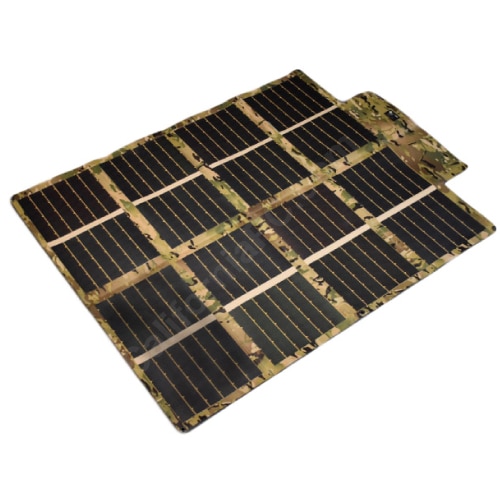Short background: I live in a fairly conventional single family 2,500 SF home in a semi-rural area west of Seattle. Tall trees around perimeter of 1 acre lot. Propane heat (500 gallon leased tank on site). Electric dryer and kitchen range, but will replace with propane at some point. Deep well pump with 240 v power.
POCO feed is remarkably reliable (only one short (3 hour) outage in 15 years). And power is very cheap. So my design scenario is a large earthquake, of which we are at high risk, causing widespread outages and transportation interruptions lasting several weeks or months. Something short of SHTF, but I wouldn’t mind being prepared for that also. It’s just my wife and me, but I have kids and grandkids in the area who would probably ride out the emergency with us, since they don’t really have the financial ability to prepare much themselves.
I’m in the design phase of a holistic emergency backup system. By “holistic”, I mean that I’m trying to balance investment between the primary needs of heat, water, lighting, communication, sanitation, etc., rather that focusing too heavily on any one area.
I already have a hand pump for the well (Simple Pump, not yet installed) and a 12V/220AH battery bank for my ham radio and NIMH battery chargers, and 600 watt inverter for chest freezer.
I would love to go with solar as an electrical source, but even with minimizing the loads as much as possible, I can’t seem to get there on paper without significant investment, due to the poor solar energy in my area in winter (worst in the US, as best I can tell), coupled with trees. So I’m beginning to accept that I need to design my system around propane generation (increasing my tank volume), with solar (if any) being more of a fuel saver in the summer.
Knowing that the devil is in the details, does this all sound logical?
POCO feed is remarkably reliable (only one short (3 hour) outage in 15 years). And power is very cheap. So my design scenario is a large earthquake, of which we are at high risk, causing widespread outages and transportation interruptions lasting several weeks or months. Something short of SHTF, but I wouldn’t mind being prepared for that also. It’s just my wife and me, but I have kids and grandkids in the area who would probably ride out the emergency with us, since they don’t really have the financial ability to prepare much themselves.
I’m in the design phase of a holistic emergency backup system. By “holistic”, I mean that I’m trying to balance investment between the primary needs of heat, water, lighting, communication, sanitation, etc., rather that focusing too heavily on any one area.
I already have a hand pump for the well (Simple Pump, not yet installed) and a 12V/220AH battery bank for my ham radio and NIMH battery chargers, and 600 watt inverter for chest freezer.
I would love to go with solar as an electrical source, but even with minimizing the loads as much as possible, I can’t seem to get there on paper without significant investment, due to the poor solar energy in my area in winter (worst in the US, as best I can tell), coupled with trees. So I’m beginning to accept that I need to design my system around propane generation (increasing my tank volume), with solar (if any) being more of a fuel saver in the summer.
Knowing that the devil is in the details, does this all sound logical?



